Raise your glass and prepare to savor the crisp and refreshing flavors of Pinot Grigio. But before you indulge in this beloved white wine, have you ever wondered just how many calories are hidden within that delicate pour? In a world where calorie counting has become second nature, it’s only natural to question the impact of our favorite libations on our waistlines.
Fear not, as we unlock the secrets of this popular varietal, dissecting its caloric content sip by sip. So whether you’re a health-conscious individual or simply curious about what lurks beneath the surface of your evening glass, join us on an enlightening journey through the alchemy of calories in a glass of Pinot Grigio.
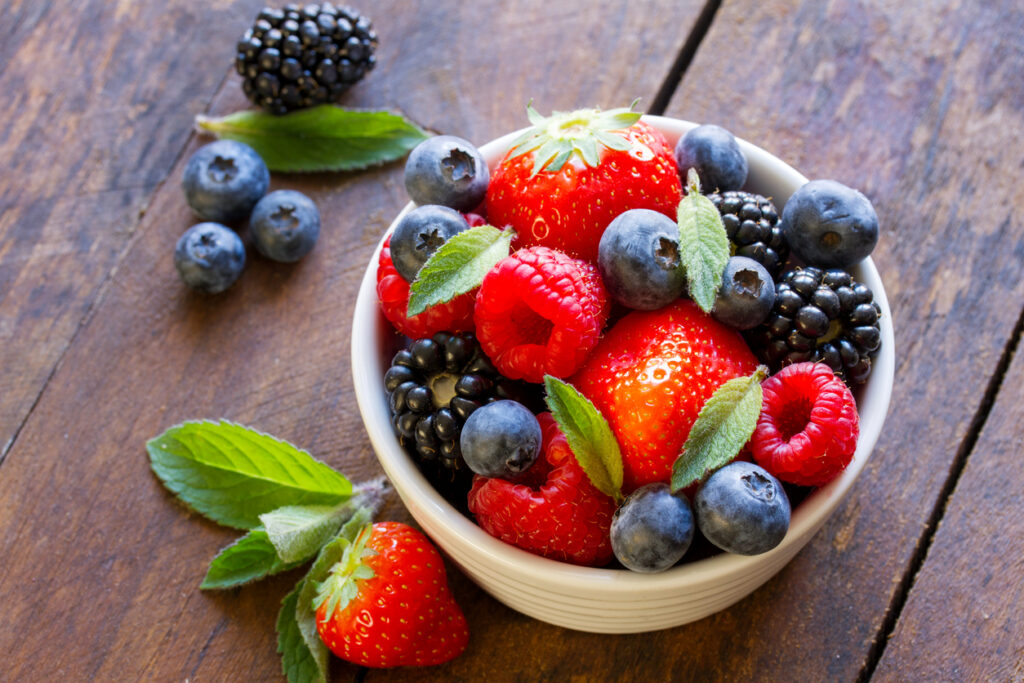
What is Pinot Grigio and Its Popularity
Pinot Grigio is a white wine that has gained remarkable popularity over the years. Originating in Italy, this refreshing and light-bodied wine has captured the hearts of wine enthusiasts worldwide. One of the reasons for its widespread appeal is its versatility. Pinot Grigio pairs effortlessly with a variety of foods, making it a versatile option for both casual gatherings and upscale dining experiences.

Another reason behind Pinot Grigio’s popularity lies in its flavor profile. With its delicate notes of citrus fruits like lemon and lime, coupled with hints of green apple and pear, Pinot Grigio offers a crisp and clean taste. This lends itself well to those who appreciate wines that are not overly complex or heavily oaked.
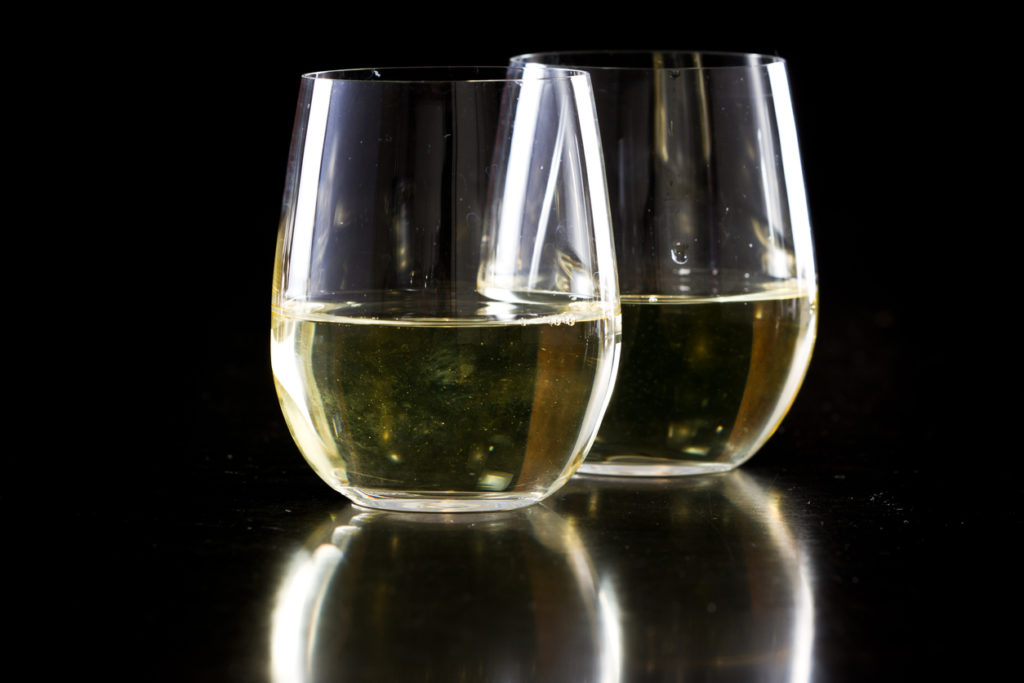
Moreover, Pinot Grigio’s widespread availability has contributed to its rise in popularity. Many wineries across the globe produce this varietal, catering to different regions’ taste preferences and price points. Whether you’re looking for an affordable bottle to enjoy on a warm summer evening or seeking out a more prestigious selection for special occasions, there is undoubtedly a Pinot Grigio out there that suits your needs.
Understanding Calories: Basics of Caloric Content in Wine
While most of us are aware that wine contains calories, the exact amount tends to be a mystery. Understanding the caloric content in wine is not only important for those watching their weight, but also for anyone interested in maintaining a healthy lifestyle. Contrary to popular belief, not all wines have the same caloric content. For example, a glass of dry red wine generally contains about 125-150 calories per serving, while sweet dessert wines can contain upwards of 200 calories or more.
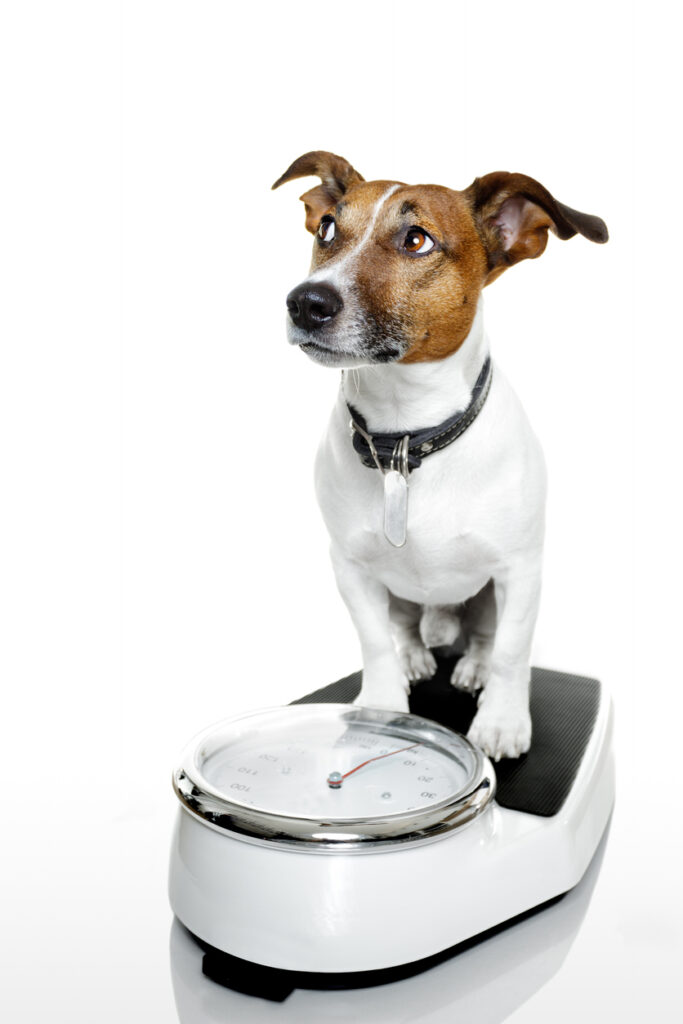
One factor that influences the caloric content of wine is alcohol. Alcohol itself contains calories (about 7 calories per gram), so it follows that higher alcohol wines will have more calories. Another consideration is sugar. Sweet dessert wines tend to have higher sugar levels which contribute to increased calorie content. Additionally, residual sugars in wine can vary depending on the fermentation process and winemaking techniques used, resulting in different calorie counts.
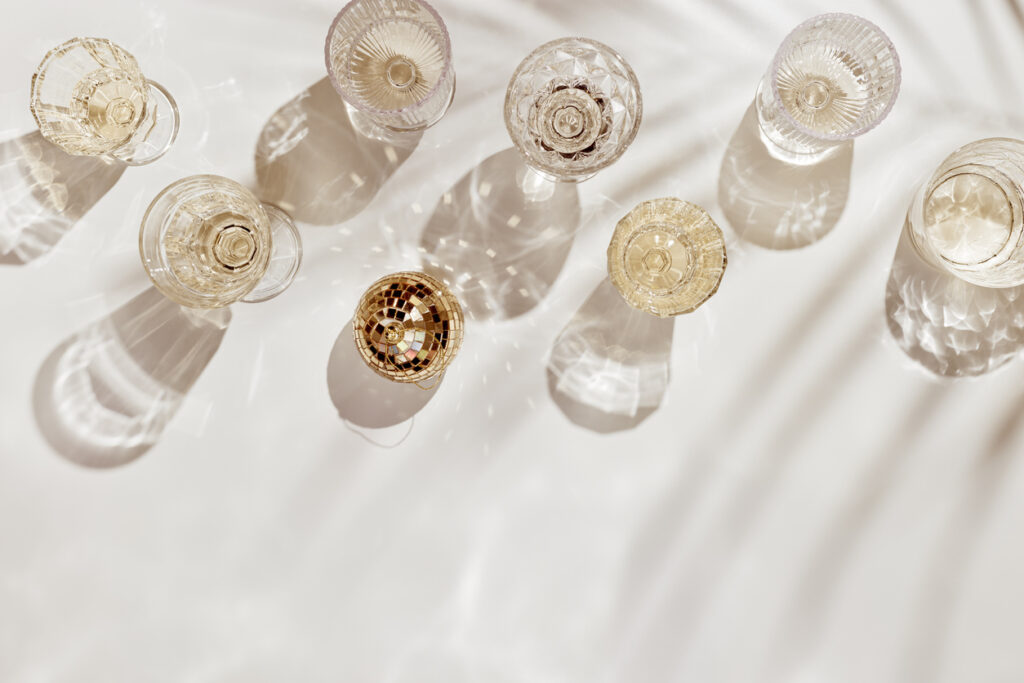
So how can we enjoy our favorite glass of vino without consuming excessive amounts of calories? It’s all about moderation and making informed choices. Opting for a dry red or white wine with lower alcohol and sugar levels can help keep calorie intake down without sacrificing flavor.
Factors Affecting Calorie Count in Wine
When it comes to our favorite adult beverage, white wine, there are a myriad of factors that can affect its calorie content. One key factor is the grape variety used in making the wine. For instance, Chardonnay tends to have more calories than Sauvignon Blanc due to its higher sugar content. Additionally, the alcohol content plays a significant role in determining the calorie count. Wines with higher alcohol levels typically contain more calories because alcohol itself is calorically dense.
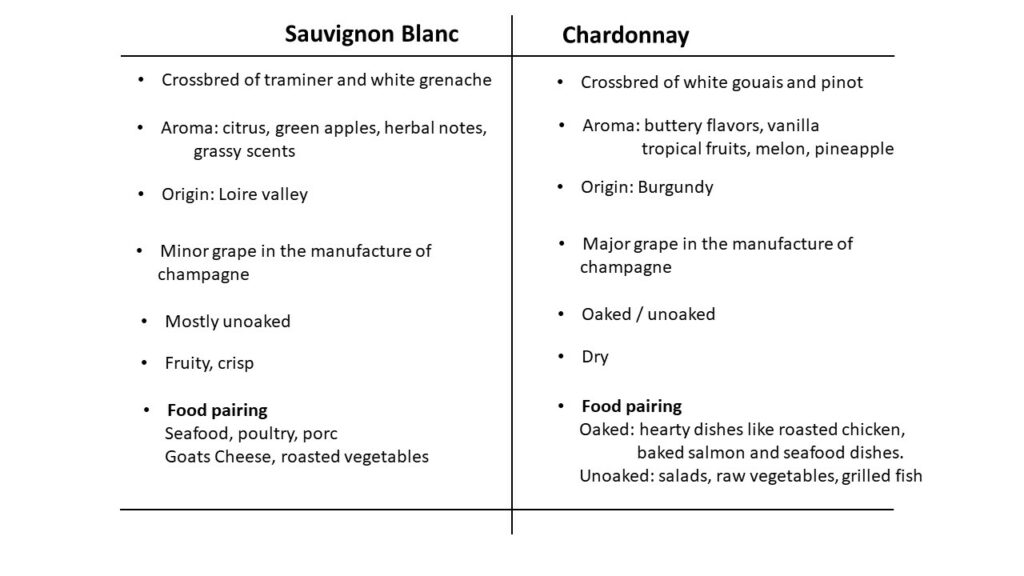
Another crucial factor affecting calorie content is sweetness level. Sweet wines like Moscato or Riesling tend to have higher sugar content and thus boast a greater number of calories compared to dry wines such as Pinot Grigio or Albariño. This is because during fermentation, residual sugars are converted into alcohol by yeast; if this process is halted earlier than usual, some sugar may remain in the final product, contributing to a sweeter taste and higher caloric value.

Interestingly enough, serving temperature can also impact the calorie count of white wine. When served cold straight from your refrigerator or ice bucket, white wine may actually contain fewer calories than when it’s served at room temperature. The chilling process can slightly reduce the caloric density as well as slow down digestion processes that break down carbohydrates into sugars and ultimately contribute to calorie intake. So next time you pour yourself a glass of crisp white vino, consider how these various factors influence its caloric punch!
How Many Calories in a Glass of Pinot Grigio?
If you’re a wine lover who also keeps an eye on their calorie intake, you may have wondered about the nutritional content of your favorite glass of Pinot Grigio. Well, wonder no more! A typical serving of Pinot Grigio contains around 120-140 calories per 5-ounce glass. However, it’s essential to note that this number can vary depending on factors like brand and alcohol content.

One interesting aspect to consider when thinking about the calorie content of Pinot Grigio is its relatively low sugar content compared to other wines. Made from green-skinned grapes, this dry white wine undergoes a fermentation process in which most of the original grape sugars are converted into alcohol. As a result, it contains very little residual sugar, which translates to fewer calories overall.
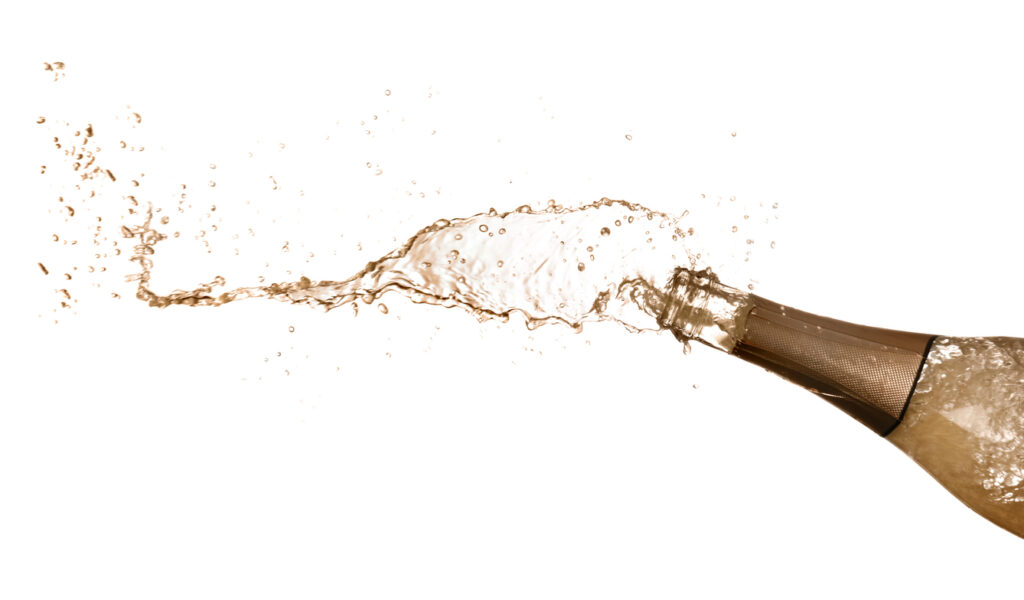
When enjoying a glass of Pinot Grigio, remember that moderation is key. Although lower in calories than some other alcoholic beverages like cocktails or sweet wines, consuming excessive amounts will still add up. Whether you’re savoring a chilled glass on a warm summer evening or pairing it with your favorite seafood dish, knowing how many calories are in that delicious pour can help keep both your taste buds and waistline satisfied.
How many calories in a bottle of Pinot Grigio
Pinot Grigio has become a popular choice for wine enthusiasts, thanks to its light and crisp flavors. But have you ever wondered how many calories are in a bottle of this delightful white wine? While it’s true that counting calories may not be the most glamorous aspect of enjoying a glass of wine, knowing the calorie content can help make more informed choices.
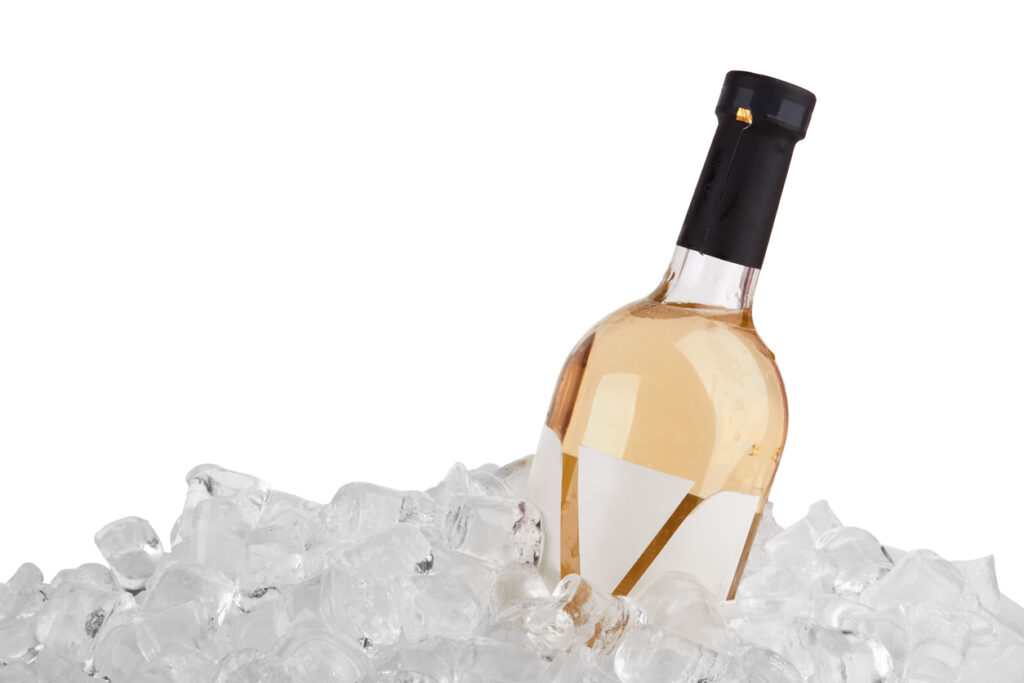
On average, a 5-ounce pour of Pinot Grigio contains about 120-130 calories. However, keep in mind that when enjoying a bottle of Pinot Grigio, there are multiple servings involved. A standard 750ml bottle typically holds around five servings, which means that the total calorie count could range between 600 and 650 calories for the entire bottle.
Comparing Pinot Grigio with Other Wines
It’s crucial to remember that while Pinot Grigio may be lower in calorie content compared to other wines such as Chardonnay or Riesling, moderation is still key. By sipping on small portions and savoring each sip rather than glugging down large amounts at once, you can fully appreciate the flavors without consuming an excessive number of calories. So next time you reach for that chilled bottle of Pinot Grigio on a warm summer evening, do so with knowledge and indulgence in moderation!

Conclusion: Balancing Wine Enjoyment and Health
In conclusion, finding a balance between enjoying Pinot Grigio and maintaining good health is possible. By being mindful of portion sizes and drinking in moderation, individuals can indulge in their love for this popular white wine without compromising their well-being. Additionally, opting for organic or low-sulfite options can help minimize potential negative effects on the body.
It is also important to remember that wine should be enjoyed as part of a balanced lifestyle that includes a healthy diet and regular exercise. So let’s raise our glasses, savor the flavors of Pinot Grigio, and toast to a life well-lived! Cheers!

